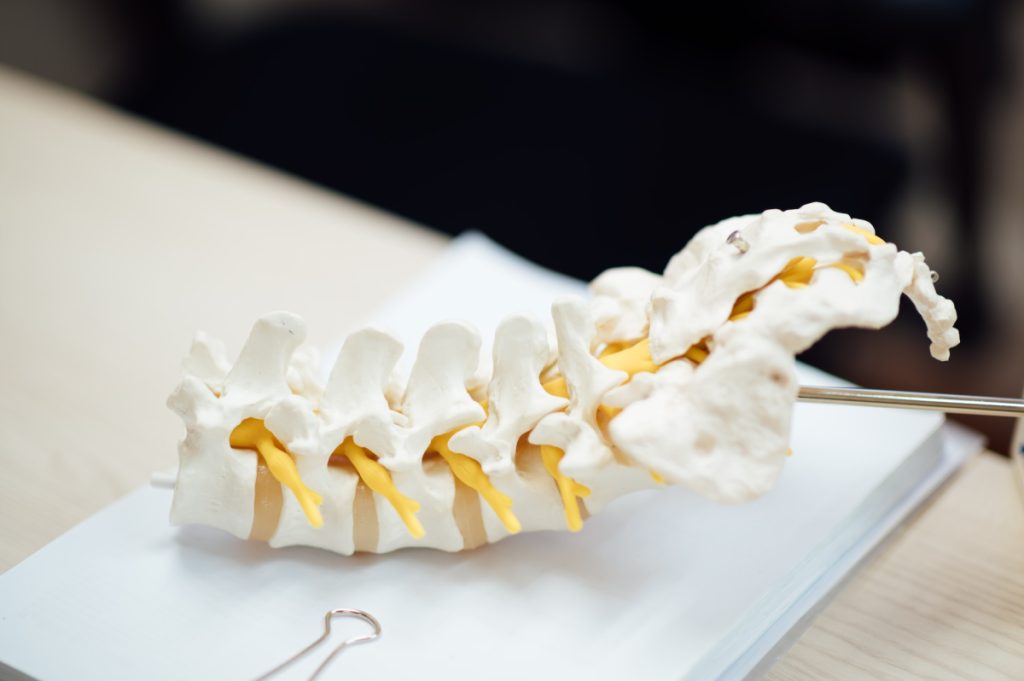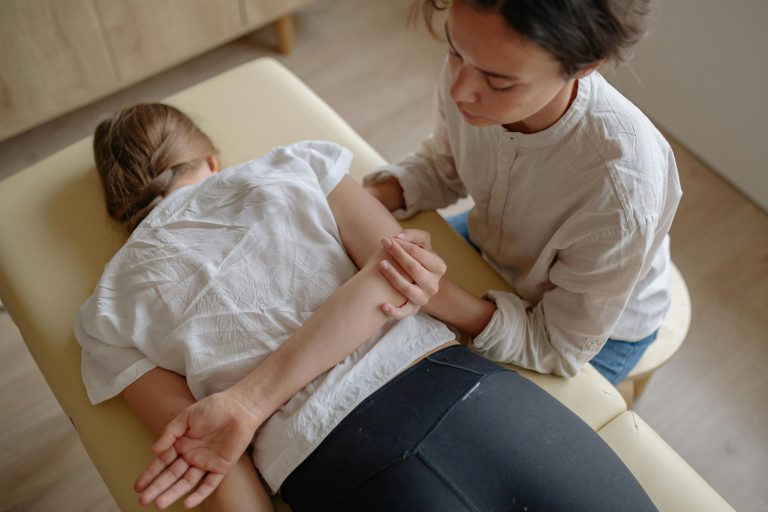Prioritizing physical well-being is of utmost importance. One crucial aspect is maintaining good posture, which is vital to overall health. Unfortunately, many individuals face challenges in maintaining proper posture. Surprisingly, approximately 80% of Americans have fallen into the habit of slouching, unaware of the potential consequences.
Slouching not only affects appearance but also puts significant strain on the spines. This strain can lead to various conditions, including spinal stenosis. Spinal stenosis refers to narrowing the spaces within the spine, causing pressure on the nerves. The result? Pain, numbness, and weakness in the affected areas impact one’s quality of life.
Thankfully, exercise can play a crucial role in managing spinal stenosis. It can help strengthen the surrounding muscles, improve flexibility, and alleviate symptoms. However, it’s essential to be aware of exercises that should be avoided, as they can potentially exacerbate the condition or cause further damage.
This article highlights those spinal stenosis exercises to avoid, ensuring that individuals with this condition can make informed choices about their exercise routines. By understanding which exercises to avoid, one can prioritize their spinal health, manage symptoms effectively, and enhance their overall well-being.
What do you mean by Spinal Stenosis?
The spinal canal constriction or spaces inside the spine is spinal stenosis. This can exert pressure on the nerves that pass through it. This narrowing can occur in different spine regions, such as the neck (cervical stenosis) or the lower back (lumbar stenosis). The constriction of the spinal canal can lead to compression and irritation of the spinal cord or nerves.
Several factors can contribute to the development of spinal stenosis. One common reason is the natural aging process, which can cause degenerative changes in the spine, such as the development of bone spurs, thickening of ligaments, or protrusion of intervertebral discs. Other causes include:
- Herniated discs: When the soft inner material of a disc protrudes and presses against the spinal cord or nerves.
- Injuries: Traumatic events like accidents or falls can lead to spinal stenosis.
- Tumors: Abnormal growths can compress the spinal cord or nerves.
- Congenital conditions: Some individuals are born with a narrower spinal canal, increasing the risk of stenosis.
Certain risk factors make individuals more prone to developing spinal stenosis. These include advanced age, a family history of the condition, previous spinal injuries or surgeries, and certain medical conditions like arthritis.
The symptoms of spinal stenosis may differ based on the degree and position of the constriction. Some of the general signs include:
- Pain: Chronic back pain, neck pain, or radiating pain in the arms or legs.
- Numbness or tingling: Sensations of numbness, tingling, or weakness in the extremities.
- Difficulty walking: A feeling of weakness or heaviness in the legs, leading to difficulties with walking or maintaining balance.
- Stiffness: Reduced flexibility and limited range of motion in the affected area.
- Bowel or bladder dysfunction: In severe cases, spinal stenosis can cause changes in bowel or bladder function.
It’s important to note that the symptoms can worsen over time or may be aggravated by certain activities like walking or standing for prolonged periods.
If individuals experience these symptoms, it is crucial to consult a healthcare professional for an accurate diagnosis and appropriate treatment options.
10 Spinal Stenosis Exercises To Avoid
Exercise 1: Heavy weightlifting or resistance training

Avoid incorporating heavy weightlifting or resistance training into your exercise routine when managing spinal stenosis. These activities can place excessive strain on the spine, potentially worsening symptoms.
Exercise 2: High-impact activities and sports
Engaging in high-impact activities and sports, such as running or contact sports, may aggravate spinal stenosis. Consider opting for family-friendly exercises with low-impact options to protect your spine.
Exercise 3: Excessive or improper stretching of the spine
While stretching is beneficial, excessive or improper spine stretching can strain the already compromised structures. Focus on gentle stretching techniques recommended by your healthcare professional.
Exercise 4: Sit-ups or crunches

Sit-ups and crunches can strain the lower back and exacerbate symptoms of spinal stenosis. Choose alternative exercises that target core strength without putting undue pressure on the spine.
Exercise 5: Toe-touching or forward-bending exercises
Toe-touching and forward-bending exercises, such as straight-legged forward folds, can increase pressure on the spine. Avoid these movements and opt for modifications that minimize spinal compression.
Exercise 6: Twisting or rotational movements of the spine
Twisting or rotational movements of the spine, like full trunk rotations or spinal twists, can worsen symptoms of spinal stenosis. Instead, focus on exercises that promote stability and a gentle range of motion.
Exercise 7: Unsupported forward or backward bending of the spine
Avoid unsupported forward or backward bending of the spine, such as deep backbends or back extensions. These movements can strain the spine. They should be substituted with more spine-friendly exercises.
Exercise 8: High-intensity aerobic exercises
While high-intensity aerobic routines can be beneficial weight loss exercises, however, they often involve repetitive and jarring movements that can impact the spine. Opt for low-impact cardio exercises to maintain fitness without compromising spinal health.
Exercise 9: Deep backbends or extreme spinal extension

Deep backbends and extreme spinal extensions, like wheel pose or camel pose in yoga, can overstress the spine and should be avoided. Focus on gentle backbends and modifications that provide support.
Exercise 10: Exercises that cause excessive compression on the spine
Avoid exercises that cause excessive compression on the spine, such as heavy overhead presses or exercises that involve heavy loads on the shoulders or neck. Opt for stress-relieving exercises that distribute the load evenly throughout the body.
Avoiding specific exercises if you have spinal stenosis to protect your spine and prevent exacerbation of symptoms is crucial. Consulting with a healthcare professional or physical therapist is essential to receive personalized exercise recommendations tailored to your condition. Emphasize low-impact exercises and gentle movements that promote spinal health, providing relief from the challenges of spinal stenosis. Prioritizing your spinal well-being will improve your quality of life and overall physical wellness.






